The slow journey to Igauzu Falls
A few firsts for us on this leg of the journey:
We got off the gringo trail
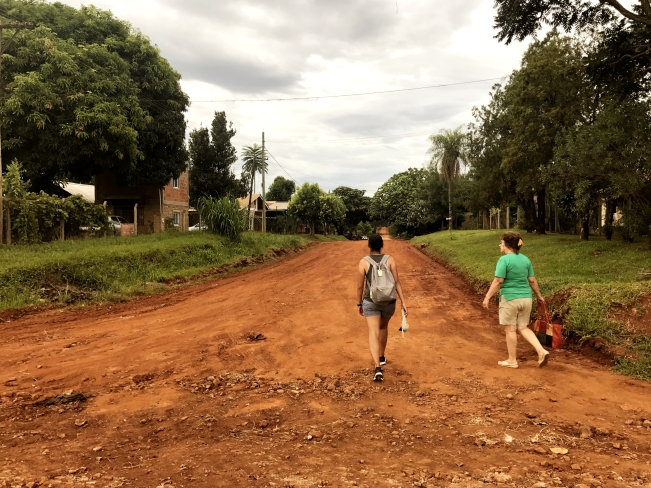
Gringo trail = a well-trodden, established route taken by countless backpackers. Mild negative connotations as it may be seen as unadventurous to choose the conventional route rather than the less trodden path. Most backpackers endure the 24hr bus ride/1hr flight straight up to Puerto Igauzu from Buenos Aires. With 2 weeks before we needed to get there, we bought a one-way bus ticket to Córdoba, Argentina’s second biggest city west of B.A., with only a few nights of accommodations booked ahead. For two control freaks, it was unsettling to follow through.
But the result was we saw some unique treasures, places that only 1 of our 2 guidebooks covered; experienced some interesting bus journeys including arriving at a bus station at 3am with no clue how or when we’d make it to our destination; and met some of the nicest people in the least expected places. Whilst we (Jackie) didn’t love every second of the uncertainty, we are glad to fully embrace going off the beaten path.
Rode an overnight bus
The thing we learnt about overnight bus journeys is that it doesn’t just take your from A to Z but it can make multiple stops in between, A to B to C to D to E and so on till Z. These stops happen throughout the night/early morning, with announcements gently whispered from the driver’s cabin below. On our way to Mercedes, we were due to arrive at 3:30am. It was a sleepless night involving checking our phones every other minute to make sure we were awake to be thrown off the bus.
Hiked/climbed/jumped into rock pools
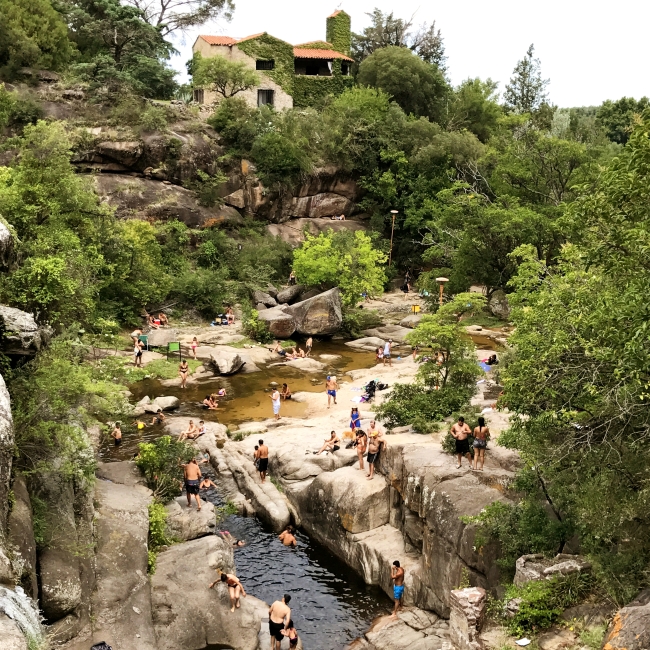
700km away from the capital is Córdoba, the geographic bull-eyes of Argentina, and a university student saturated city (fun fact: anyone can go to university for free, even if you’re not Argentinean. Graduating is another story). Also an entry-point to the Central Sierras, the second largest mountain range after the Andes, access to cooler elevations and outdoor activities aplenty. We decided to give rock climbing a go. Jackie imagined a rock face with lots of nooks to hang on to, safety nets to fall into and soft landing mats if all else fails. After a gentle hike along a river in Tanti, our instructor dropped his bag, crossed the brown, not-so-babbling brook, flicked a snake away and began to scale up the cliff face, whilst we watched in awe from the other side. What had we signed up for?
It wasn’t long before he had the rock face set up for us to climb. Jon did pretty well considering he had only one good arm to rely on. The lack of dislocated shoulder was worth a celebratory suicidal jump off the cliff into the rock pools.
Sightings of new animals
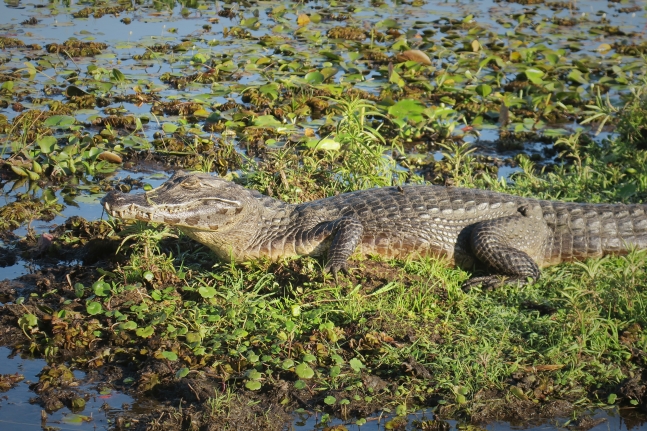
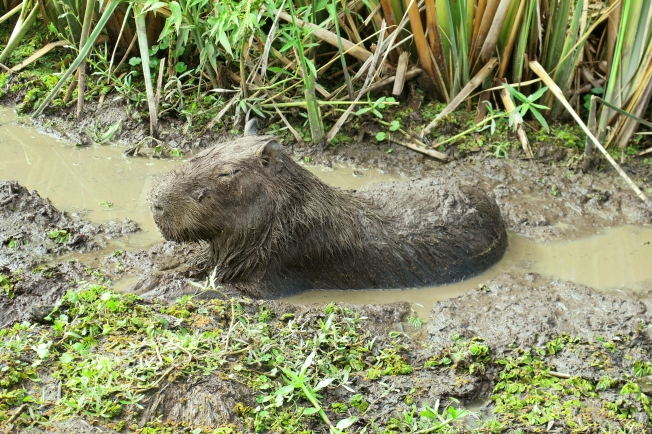
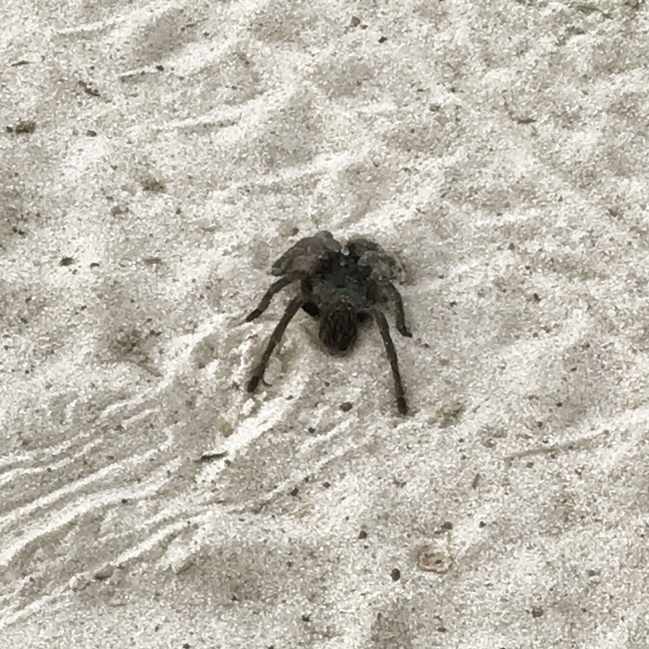
Howler monkeys
Regular sized monkeys with distinct deafening call. Whilst we didn’t see them properly, but it was impossible to not hear their echoing howls among the treetop canopies. The howl is similar to a lion’s roar than a typical monkey’s squeak.
We almost went to Fray Bentos, birthplace of the OXO cube
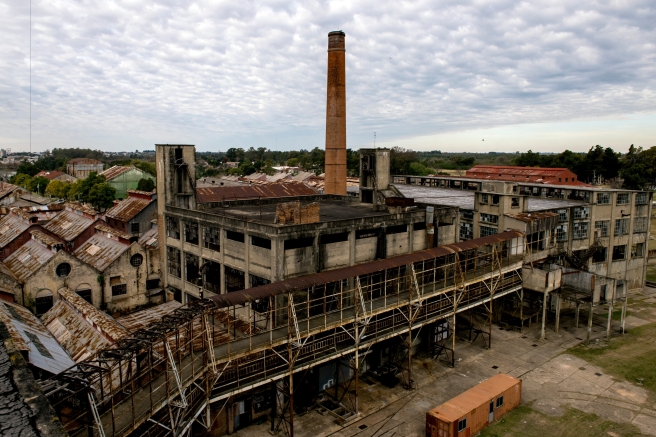
Much to Jon’s chagrin, we never made the pilgrimage to then-British owned, now-dilapidated factory/UNESCO World Heritage site – scraping the bottom of the barrel no? The ubiquitous cube fed thousands of British troops during WW1, and eventually became a meat processing factory. It now stands vacant, windowless, deserted, a perfect stage for an episode of The Walking Dead. A visit there would’ve meant we needed to hire a car, navigate Argentina’s roads, cross the Uruguayan borders and cover over 610km in a day. It would’ve been a great postcard story had we made it but we (Jon) eventually came to our senses and abandoned the (stupid) idea.
Spent a couple of days switching off… unintentionally

Going backpacking may seem like there’s infinite opportunities to switch off. Sure, being on-the-go means we’re away from the pressures of everyday life. But it can also be mentally and physically draining: moving from one hostel to the next, endless unpacking, repacking and lugging of our heavy bags, history lessons overload. So we took the opportunity when we arrived in Rosario, the third biggest city in Argentina. Disappointingly, we saw all it had to offer in an afternoon. It also was pelting down with rain most of the time, and it appeared to be a complete ghost town. Our hostel was in the centre of town and yet, the streets laid dead empty… It gave us good reasons to hibernate in our room and catch up with overdue writing, research our next steps, Facetime with friends & family, launder things that needed laundering. An antisocial but much welcomed hiatus.
Jon entered his 80th country
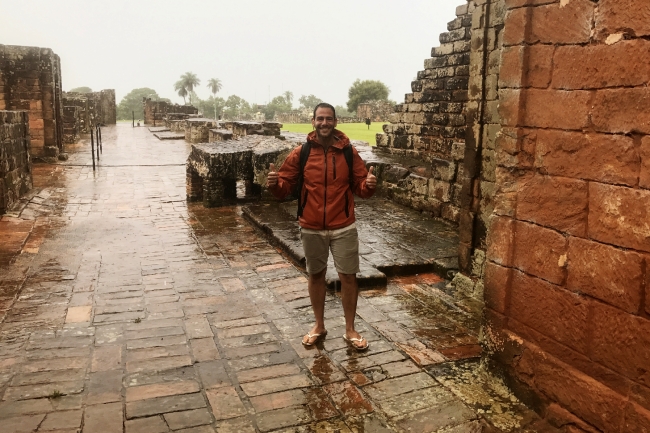
- Cross-border return bus ticket: £4
- Lunch – 2 empanadas: 24p
- Bus ticket to Trinidad: 88p
- Jesuit Mission Ruins entrance ticket: £2
- Bus ticket back to Encarnacion: 88p







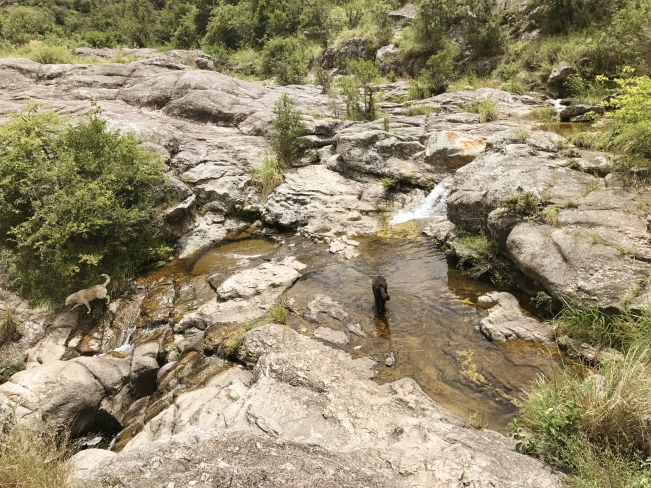


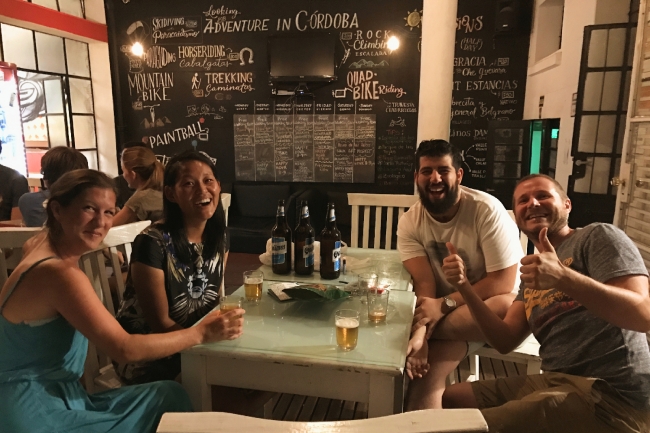
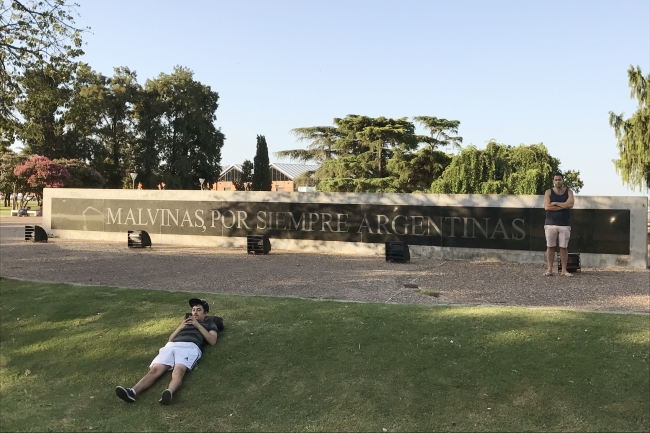
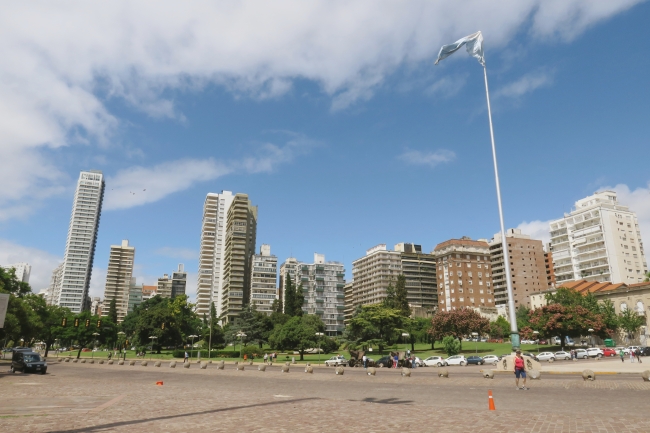


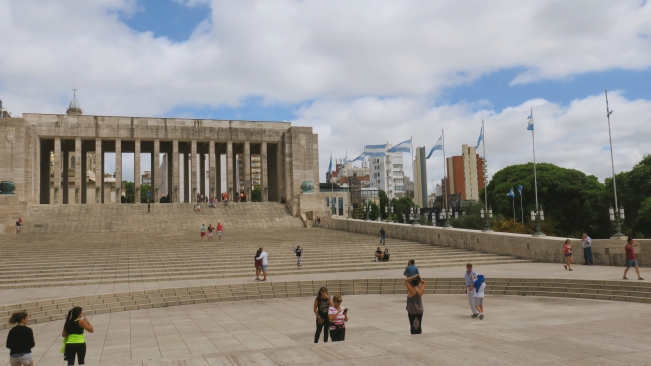

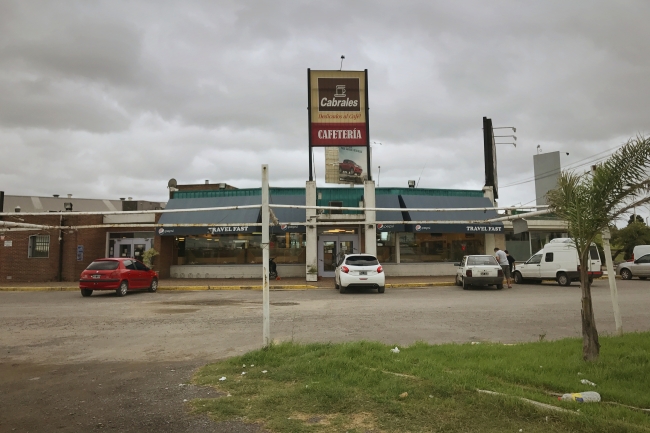

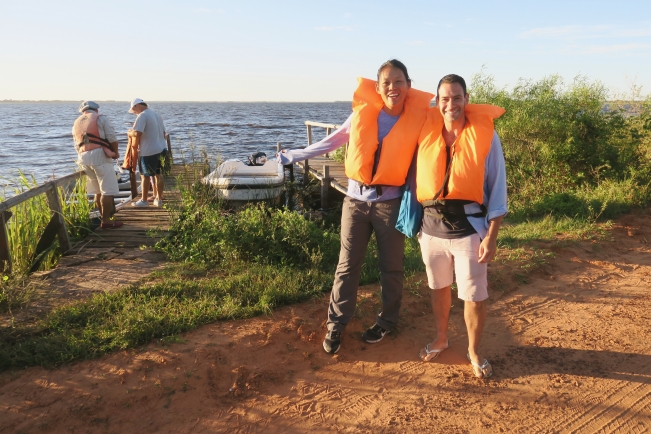



Fascinating account.keep writing xx
LikeLike
Loving all the updates! And that spider is huge… I know who to count on for any future insect encounters! 🙂
LikeLike